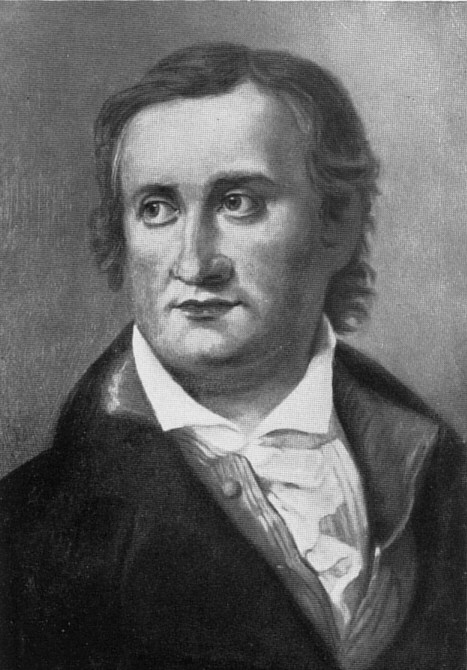- Thomas Johann Seebeck
Infobox Scientist
name = Thomas Johann Seebeck
box_width =
 |thumb|225px
|thumb|225px
image_width =
caption =
birth_date =April 9 1770
birth_place =Reval
death_date =December 10 1831
death_place = Berlin [cite book | title = A Scientific German Reader | author = George Theodore Dippold | publisher = Ginn & Co. | year = 1904 | url = http://books.google.com/books?id=_2kBAAAAYAAJ&pg=PA216&dq=%22Thomas+Johann+Seebeck%22&lr=&as_brr=1&ei=WMbuR-D9GY2GtgODuNHyCA#PPA212,M1 ]
residence =
citizenship =
nationality =
ethnicity =Baltic German
field =Physics
work_institutions =
alma_mater =
doctoral_advisor =
doctoral_students =
known_for = Discovered thethermoelectric effect
author_abbrev_bot =
author_abbrev_zoo =
prizes =
religion =
footnotes =Thomas Johann Seebeck (
April 9 1770 –December 10 1831 ) was a physicist who in 1821 discovered thethermoelectric effect .Seebeck was born in
Reval (today Tallinn,Estonia ) to a wealthy Baltic German merchant family. He received a medical degree in 1802 from theUniversity of Göttingen , but preferred to study physics. In 1821 he discovered the thermoelectric effect, where a junction of dissimilar metals produces an electric current when exposed to a temperature gradient. This is now called thePeltier–Seebeck effect and is the basis ofthermocouple s andthermopile s.eebeck effect
In 1821 Thomas Johann Seebeck found that a circuit made from two dissimilar
metal s, with junctions at different temperatures would deflect a compassmagnet . Seebeck initially believed this was due tomagnetism induced by the temperature difference. However, it was quickly realized that it was an electrical current that is induced, which byAmpere's law deflects the magnet. More specifically, the temperature difference, produces an electric potential (voltage ) which can drive an electric current in a closed circuit. Today, this effect is known as thePeltier–Seebeck effect .The voltage produced is proportional to the temperature difference between the two junctions. The proportionality constant (a) is known as the
Seebeck coefficient , and often referred to as thethermoelectric power or thermopower. The Seebeck voltage does not depend on the distribution of temperature along the metals between the junctions. This effect is the physical basis for a thermocouple, which is used often for temperature measurement.V = a(T_h - T_c),!
The voltage difference, "V", produced across the terminals of an open circuit made from a pair of dissimilar metals, A and B, whose two junctions are held at different temperatures, is directly proportional to the difference between the hot and cold junction temperatures, "T"h - "T"c.
Precursors to photography
In 1810, at
Jena , Seebeck described the action of the spectrum of light on the chloride of silver. He observed that the exposed chemical would sometimes take on a pale version of the color of light that exposed it, and also reported the action of light for a considerable distance beyond the violet end of the spectrum. [cite book | title = The Encyclopædia Britannica: A Dictionary of Arts, Sciences, Literature and General Information | author = Hugh Chisholm, editor | year = 1911 | edition = Eleventh ed. | volume = XXI | pages = p.485 | url = http://books.google.com/books?id=hGgEAAAAYAAJ&pg=PA485&dq=%22Thomas+Johann+Seebeck%22&lr=&as_brr=1&ei=WMbuR-D9GY2GtgODuNHyCA ]References
External links
* [http://chem.ch.huji.ac.il/~eugeniik/history/seebeck.html A Biography of Seebeck, includes references]
Wikimedia Foundation. 2010.
